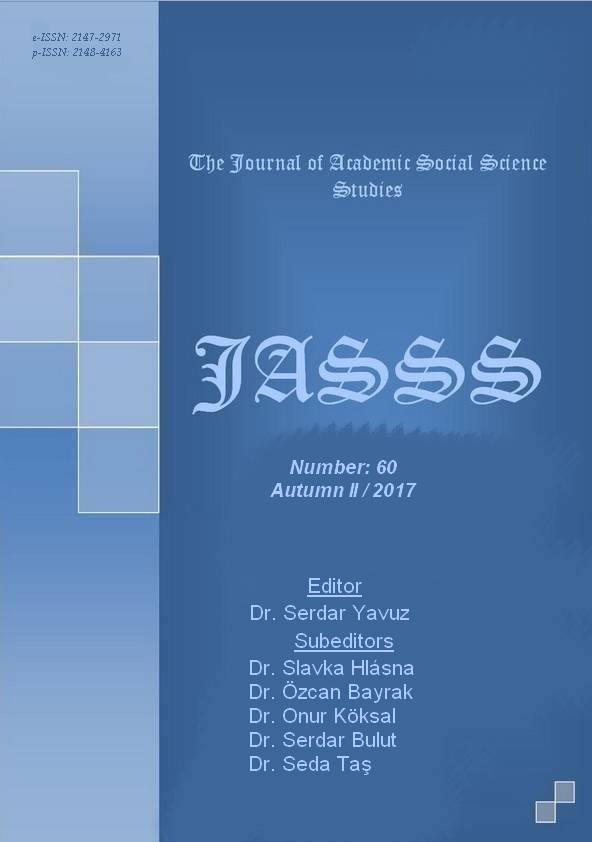Author :
Abstract
Performans Değerlendirmesi; çalışanların belli bir zaman dilimi içerisinde işlerindeki başarılarını, iş yerindeki tutum ve davranışlarını, kişisel niteliklerini belirlemeye yönelik, personelin işletmenin başarısına olan katkılarını ölçen bir süreçtir. Performans değerlendirme sonuçları örgütle ilgi yönetsel kararlar alınmasında önemli bir kaynaktır. Bu bağlamda performans değerlendirme yöntemlerinin, örgüt yöneticileri tarafından bilinmesi ve yöneticilerin bu konuda gerekli bilgi ve beceriye sahip olması, örgütlerin etkili olması açısından çok önemlidir. İnsan kaynakları yönetiminin en önemli fonksiyonlarından birisi olan performans değerlendirmeden organizasyonların beklenen faydayı sağlayabildiği söylenemez. Yazında çok çeşitli performans değerlendirme yöntemleri tanımlandığı ve uygulandığı görülmektedir. Geleneksel yöntemlerde çalışanlara belirli kriterlere göre puanlar verildiği ve bu puanların ortalaması veya toplamlarının karşılaştırılması şeklinde bir değerlendirme yapıldığı görülmüştür. Bu çalışmada performans skorunun hesaplanması için farklı bir yaklaşım olan TOPSİS yöntemi önerilmiştir. Bu çalışmada, geleneksel değerlendirme yöntemi ile çok kriterli karar verme yöntemlerinden TOPSIS’ in (Technique for Order of Preference by Similarity to Ideal Solution) performans değerlendirme sürecindeki etkililiğinin karşılaştırılması amaçlanmıştır. Bu kapsamda, otomotiv sektöründe faaliyet gösteren bir üretim işletmesinde 2016 yılı içerisinde kalite kontrol bölümünde çalışan 16 çalışanın performans değerlendirme sonuçları geleneksel değerlendirme yöntemi ve TOPSIS yöntemine göre değerlendirilerek elde edilen sıralama sonuçları karşılaştırılmıştır. Yöneticilerin ortalama puanlarla yaptıkları değerlendirmelerle TOPSIS yönteminin ortaya çıkardığı sıralamada bazı farklılıklar görülmüştür. Doğrudan ortalama almak yerine TOPSIS ile sıralamayı belirlemenin daha doğru olacağı sonucuna ulaşılmıştır.
Keywords
Abstract
Performance Evaluation is a process that measures the achievements of employees in a certain period of time, the attitudes and behaviors at work, to determine their personal qualities, the contributions of personnel to the success of the employer. Performance appraisal is one of the most important dimensions of performance management. As a result it is necessary for organizational managers to know the performance appraisal methods and to have necessary knowladge and skills to become as an effective organizations. Although performance appraisal is one of the most important functions of human resources management, it can not be said that the organizations have obtained the full benefit from performance appraisal system as they expected. A variety of performance evaluation methods have been defined and implemented in the literature. It has been observed that in traditional methods, employees are awarded points according to certain criteria and a evaluation is made in the form of a comparison of the averages or the totals of these points. In this study, the TOPSIS method, which is a different approach for calculating the performance score, is proposed. In this study, it is aimed to compare the effectiveness of the TOPSIS (Technique for Order of Preference by Similarity to Ideal Solution) of the multi-criteria decision making with the traditional evaluation method in the performance evaluation process. In this context, the ranking results obtained by the performance evaluation results of 16 employees working in the quality control department in the production operation in the automotive sector in 2016 according to the traditional evaluation method and the TOPSIS method were compared. There are some differences seen in the order in which the TOPSIS method reveals that the managers are doing with average scores. Instead of directly averaging, it would be more accurate to determine the ordering with TOPSIS.





